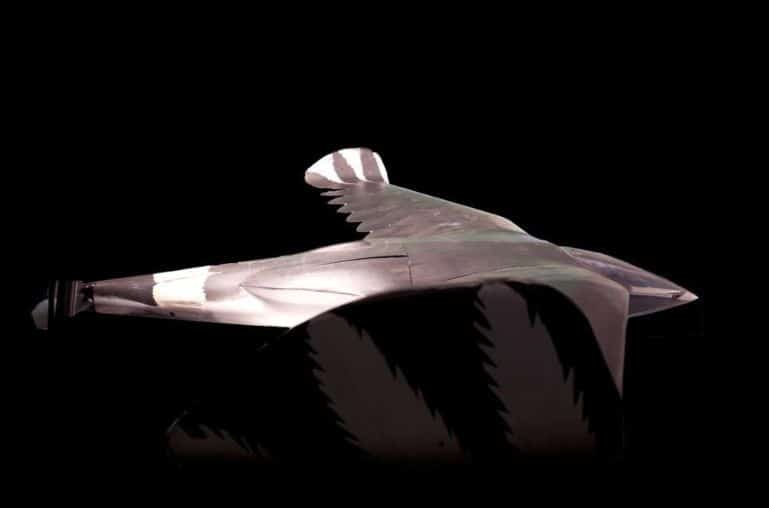The U.S. Central Intelligence Agency (CIA) released documents on the Aquiline project, during which it was planned to create bird-like reconnaissance drones. They were intended for long flights over the territory of the USSR, Cuba and China, for which drones were proposed to equip a nuclear power source. The project was not implemented due to the high price and complexity, but according to the CIA, it influenced the development of UAVs in the late 20th century.
During the Cold War, both the USSR and the United States were interested in obtaining intelligence information about each other. In the late 1950s, the United States began to regularly use U-2 aircraft, which violated the air borders of other countries but flew at an altitude of over 20 kilometres, unattainable for jet fighters of that time. After some time, the USSR acquired S-75 high-altitude anti-aircraft missile systems, which, if located well, could shoot down U-2, which was demonstrated on May 1, 1960, in the sky of the Sverdlovsk region. The next American strategic reconnaissance aircraft SR-71 flew at an altitude of up to 30 kilometres and developed a speed of up to three strokes, which made it almost invulnerable. Despite hundreds of launches of anti-aircraft missiles, the aircraft of this type was never shot down, but America did not allow the pilots to fly too deep into Soviet territory, because under a successful coincidence, the plane could still be intercepted. Satellites were a partial alternative to reconnaissance flights, but before the launch of KH-11, satellite images were significantly inferior to airborne in quality and were transmitted to Earth with a long delay.
In order to continue aerial reconnaissance without significant risks, in the early 70s in the United States, it was proposed to use not aircraft, but Unmanned Aerial Vehicles (UAV’s). At that time, there were target drones, experimental remote-controlled aircraft, guided missiles and tactical front-line reconnaissance, but the CIA project Aquiline (“eagle”) proposed something completely different. As part of this project, it was proposed to develop a drone that would carry cameras and radio equipment. At the same time, in appearance, the drone was supposed to resemble a soaring bird – it was assumed that the sight of a single vulture would not arouse suspicion and the device would be able to study strategic objects for a long time. Also, before the US launched the NAVSTAR (GPS) system, drones did not have easy ways to navigate.
Since a relatively small device could take onboard fuel for only a few tens of kilometres, it was supposed to install an electric motor instead of an internal combustion engine, and a radioisotope thermoelectric generator (RTG) to it. Similar “nuclear batteries” are still used today – for example, in astronautics. It is from such a source that the recently launched Perseverance rover will operate, like many spacecraft before it, including Voyager.
The Aquiline project was never implemented, primarily due to the increased cost. McDonnell Douglas built only five prototypes without a nuclear installation, but even if they were adopted, it is unlikely that the US government would approve of their use. In the event that radioactive debris fell on the territory of the USSR or China, the political costs would be no less than from a downed classic aircraft. However, the CIA notes that work on the advanced concept of a strategic unmanned reconnaissance aircraft influenced the development of the UAV in general.
Despite the fact that the U-2 reconnaissance aircraft lost the ability to fly over the USSR, it’s career did not end there. The aircraft has undergone many upgrades, and the new version will begin to enter the army in 2021. His old images also found an unusual use: on declassified footage found archaeological objects, which were previously invisible.
